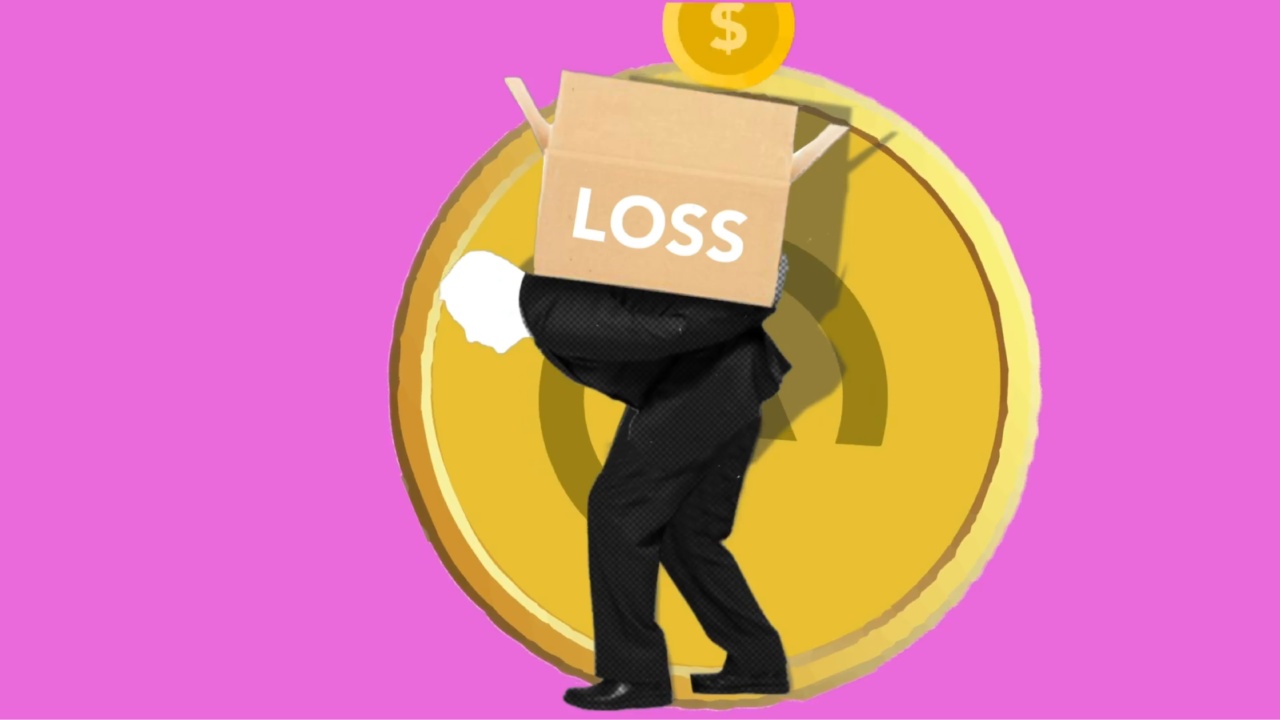Endometriosis is a gynecologic condition that affects millions of women worldwide. It occurs when the tissue that normally lines the inside of the uterus grows outside of it, which can cause chronic pain and infertility.
While the exact cause of endometriosis is unknown, research suggests that hormonal factors, as well as genetics and environmental exposures, may play a role. Recent studies have found that breastfeeding may decrease the risk of developing endometriosis, offering hope for women who are looking to reduce their risk and improve their overall health.
What is endometriosis?
Endometriosis is a condition in which the tissue that normally lines the inside of the uterus grows outside of it.
This tissue can attach to other organs in the pelvis, such as the ovaries, fallopian tubes, and bowel, causing chronic pain and infertility. Endometriosis affects approximately 10% of women of reproductive age, and is typically diagnosed in women in their 30s and 40s.
What are the symptoms of endometriosis?
The symptoms of endometriosis can vary widely depending on the severity of the condition. Some women may experience no symptoms at all, while others may have severe pain and other complications. Common symptoms of endometriosis include:.
- Pelvic pain
- Pain during sex
- Heavy or irregular menstrual bleeding
- Infertility
- Bloating or abdominal discomfort
What is the link between breastfeeding and endometriosis?
Recent studies have found that breastfeeding may decrease the risk of developing endometriosis.
One study published in the journal Obstetrics & Gynecology found that women who breastfed for a total of 36 months or more during their lifetime had a 40% lower risk of developing endometriosis than women who had never breastfed. Another study published in the journal Human Reproduction found that women who breastfed for at least 7 months had a 20% lower risk of developing endometriosis than women who had never breastfed.
How does breastfeeding reduce the risk of endometriosis?
The exact mechanism by which breastfeeding reduces the risk of endometriosis is not yet fully understood. However, it is thought that the hormones involved in lactation may play a role.
During breastfeeding, levels of the hormone prolactin increase, which can suppress ovulation and reduce levels of estrogen in the body. Estrogen is known to stimulate the growth of endometrial tissue, so reducing levels of estrogen may help to prevent endometrial tissue from growing outside of the uterus.
Is breastfeeding the only way to reduce the risk of endometriosis?
While breastfeeding may be a good way to reduce the risk of endometriosis, it is not the only option. Other strategies that may help to reduce the risk of developing endometriosis include:.
- Taking hormonal contraceptives (such as birth control pills) to regulate hormonal fluctuations
- Maintaining a healthy weight
- Getting regular exercise
- Managing stress
- Avoiding exposure to environmental toxins that can disrupt hormonal balance
Conclusion
Endometriosis is a chronic gynecologic condition that affects millions of women worldwide.
While the exact cause of endometriosis is not yet fully understood, recent research suggests that breastfeeding may be a good way to reduce the risk of developing the condition. Breastfeeding may help to reduce levels of estrogen in the body, which can prevent endometrial tissue from growing outside of the uterus.
However, breastfeeding is not the only way to reduce the risk of endometriosis, and other strategies such as hormonal contraceptives, maintaining a healthy weight, and getting regular exercise may also be helpful.































